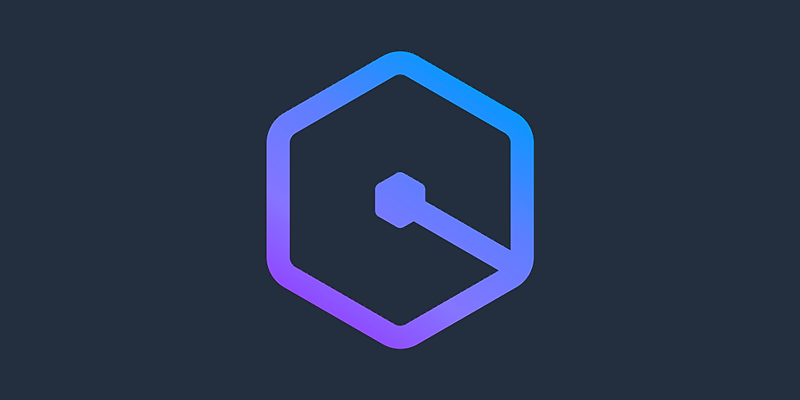
|
Today, we announced a new Amazon Q feature in QuickSight that helps users perform scenario analyzes to quickly find answers to complex problems. This AI-powered data analytics experience helps business users find answers to complex problems by taking them step-by-step through deep data analysis—suggesting analytical approaches, automatically analyzing data, and summarizing findings with suggested actions—using natural language prompts. This new capability eliminates hours of tedious, error-prone manual work traditionally required to perform analyzes using spreadsheets or other alternatives. In fact, Amazon Q in QuickSight enables business users to perform end-to-end scenario analysis up to 10x faster than spreadsheets. This feature extends Amazon QuickSight’s existing data query and response capabilities so that business professionals can initiate analysis by simply asking a question.
How it works
Business users are often faced with complex questions that traditionally required specialized training and days or weeks of time to analyze data in spreadsheets or other tools. For example, let’s say you’re a franchisee with multiple locations to manage. You can use this new feature in Amazon Q in QuickSight to ask: “How can I help our new store in Chicago perform as well as the flagship store in New York?Using an agent-based approach, Amazon Q would design the analytical approaches needed to address the underlying business objective, automatically analyze the data and present the results complete with visualizations and suggested actions. You can perform this multi-step analysis on a large analysis canvas, giving you the flexibility to make changes, explore multiple analysis paths simultaneously, and adapt to situations over time.
This new analytics is part of Amazon QuickSight, which means it can read from QuickSight dashboards that connect to resources such as Amazon Athena, Amazon Aurora, Amazon Redshift, Amazon Simple Storage Service (Amazon S3), and Amazon OpenSearch Service. Specifically, this new experience is part of Amazon Q in QuickSight, allowing it to seamlessly integrate with other generative business intelligence (BI) features, such as questions and answers to data. You can also upload a .csv file or .xlsx file with one table and one sheet to include in your analysis.
Here is a visual walkthrough of this new analytics environment in Amazon Q in QuickSight.

I am planning a customer event and have received an Excel spreadsheet of everyone who has registered to attend the event. I want to know more about the participants, so I analyze the table and ask some questions. I’ll start by describing what I want to explore.

I load the table and start the analysis. First, I want to find out how many people registered for the event.


In order to design an agenda that is appropriate for the audience, I want to understand the different roles that will be participating. I choose to + icon to add a new block to ask a question following the thread from the previous block.

I can continue to ask more questions. However, there are suggested questions for even further analysis of my data, and I am now selecting one of these suggested questions. I want to increase marketing efforts in companies that currently do not have many participants in this case, in companies with less than two participants.

Amazon Q will perform the required analysis and keep me updated on the progress. Step 1 process identifies and lists companies that have fewer than two participants.

Step 2 gives an estimate of how many more subscribers I could get from each company if marketing efforts were increased.

IN Step 3 I see a potential increase in the total number of participants (including a percentage increase) in line with the increase in marketing efforts.

Finally, Step 4 even further to highlight the companies I should prioritize for this increased marketing effort.

To further increase the potential number of participants, I wanted to change the analysis to identify companies with fewer than three participants instead of two. I choose AI spark icon in the top right corner I will launch a modal which I will then use to provide more context and make specific changes to the previous result.

This change has resulted in new projections and I can choose to consider them for my marketing efforts or stick with the previous projections.

Now available
Amazon Q in QuickSight Pro users can preview this new feature in the following AWS regions at launch: US East (N. Virginia) and US West (Oregon). Get started with a free 30-day trial of QuickSight today. To learn more, visit the Amazon QuickSight User Guide. You can submit your questions to AWS re:Post for Amazon QuickSight or through your usual AWS support contacts.
– Veliswa.

